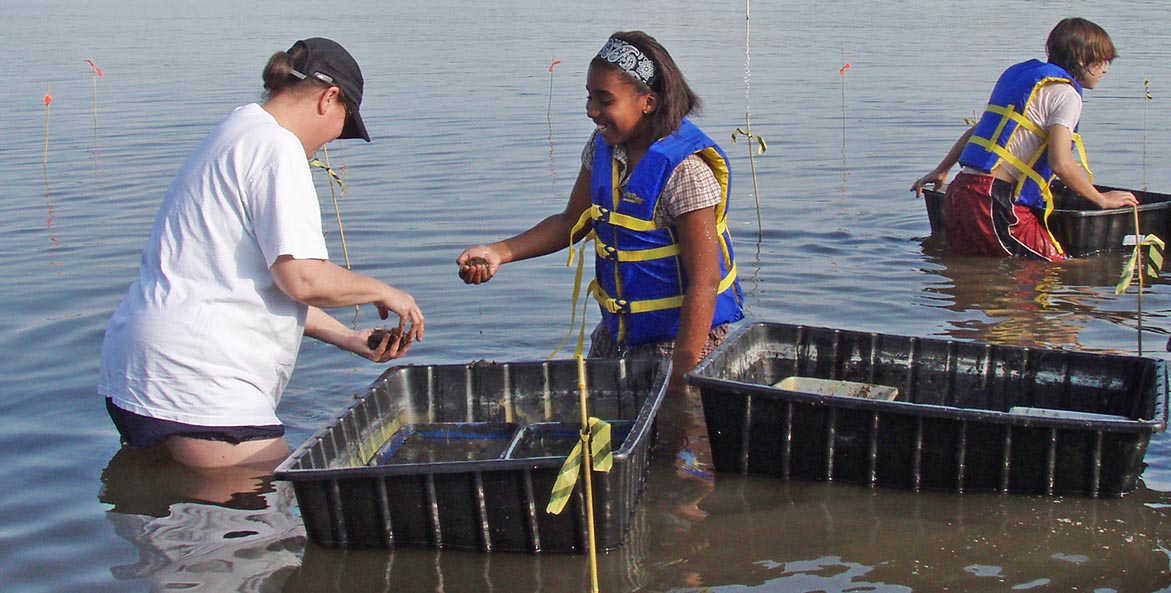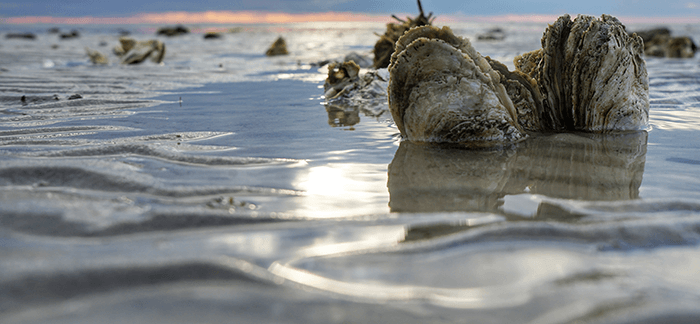It is with a heavy heart that we have decided to retire our Grasses for the Masses program. Though we’re sad to see this program go, we take comfort in the fact that underwater grasses at restoration sites in rivers across Virginia will continue to grow and spread thanks to your hard work. The program may live on in other ways. We are currently in discussions with several schools in Northern Virginia interested in running grasses restoration programs for students in their classrooms.
While we are no longer looking for Grasses for the Masses volunteers, there are plenty of other volunteer opportunities in Virginia to explore.



